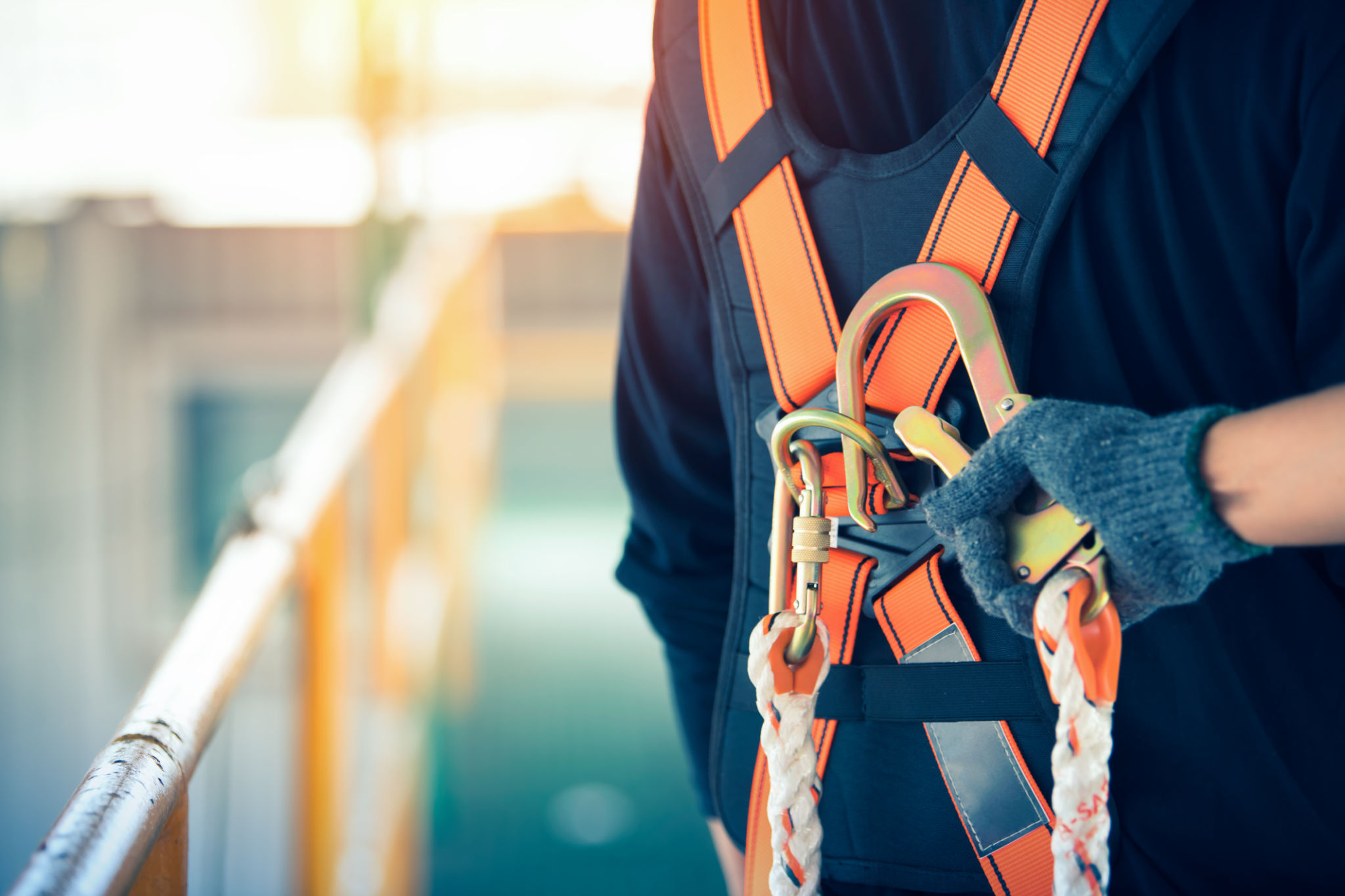Comparing Scaffolding Options: Which is Best for Your Project?
Understanding Scaffolding Options
When embarking on a construction project, one of the essential considerations is choosing the right scaffolding. Scaffolding is crucial for providing safe access to elevated areas and ensuring worker safety. With several options available, selecting the best type for your project can be challenging. This post explores the different types of scaffolding available and helps you determine which is best suited for your needs.

Types of Scaffolding
There are various scaffolding types commonly used in construction, each with its own advantages. The main types include:
- Supported Scaffolding: The most common type, supported scaffolding, consists of platforms supported by poles and frames. It's ideal for projects requiring significant height and heavy-duty work.
- Suspended Scaffolding: Suspended by ropes or cables from the top of a building, this type is perfect for projects involving high-rise structures. It provides flexibility in movement and is often used for window washing or painting.
- Rolling Scaffolding: Equipped with wheels, rolling scaffolding offers mobility and is excellent for projects requiring frequent relocation. It's particularly useful for low-height tasks.
Factors to Consider
When selecting scaffolding, several factors should guide your decision. Consider the following:
- Project Height: The height of your project will significantly influence your choice. Supported scaffolding is suitable for tall structures, while rolling scaffolding is better for lower heights.
- Load Capacity: Evaluate the weight capacity needed. Heavy construction requires robust scaffolding with a higher load capacity.
- Mobility Needs: If your project demands frequent movement, rolling scaffolding might be the best option. For stationary work, supported scaffolding provides stability.

Safety Considerations
Safety is paramount when working with scaffolding. No matter which type you choose, adhering to safety standards is vital. Ensure that all scaffolding systems are erected and dismantled by trained professionals. Regular inspections should be conducted to check for wear and tear or any structural issues.
In addition to the physical structure, ensure that workers are equipped with appropriate safety gear, including helmets and harnesses when necessary. Maintaining a safe work environment reduces the risk of accidents and enhances productivity.
Cost Implications
The cost of scaffolding varies depending on the type and scale of your project. Supported scaffolding is generally more cost-effective for large projects due to its durability and reusability. Suspended scaffolding may incur higher costs due to specialized equipment and installation needs.

It's crucial to balance cost with safety and efficiency. Investing in quality scaffolding not only ensures worker safety but can also lead to fewer project delays and lower long-term costs.
Conclusion
Choosing the right scaffolding involves considering various factors such as project height, load requirements, mobility, safety, and cost. By understanding the different options available and their specific benefits, you can make an informed decision that best suits your project needs. Always prioritize safety and consult with professionals when selecting and installing scaffolding systems.
With the right choice, scaffolding can significantly contribute to the efficiency and success of your construction project.
